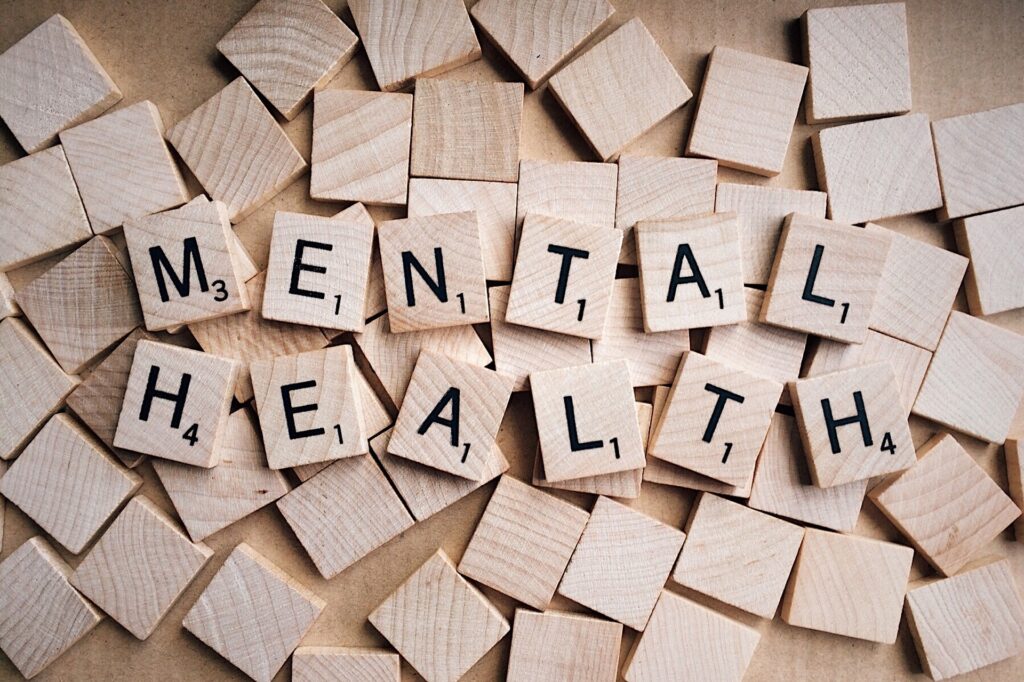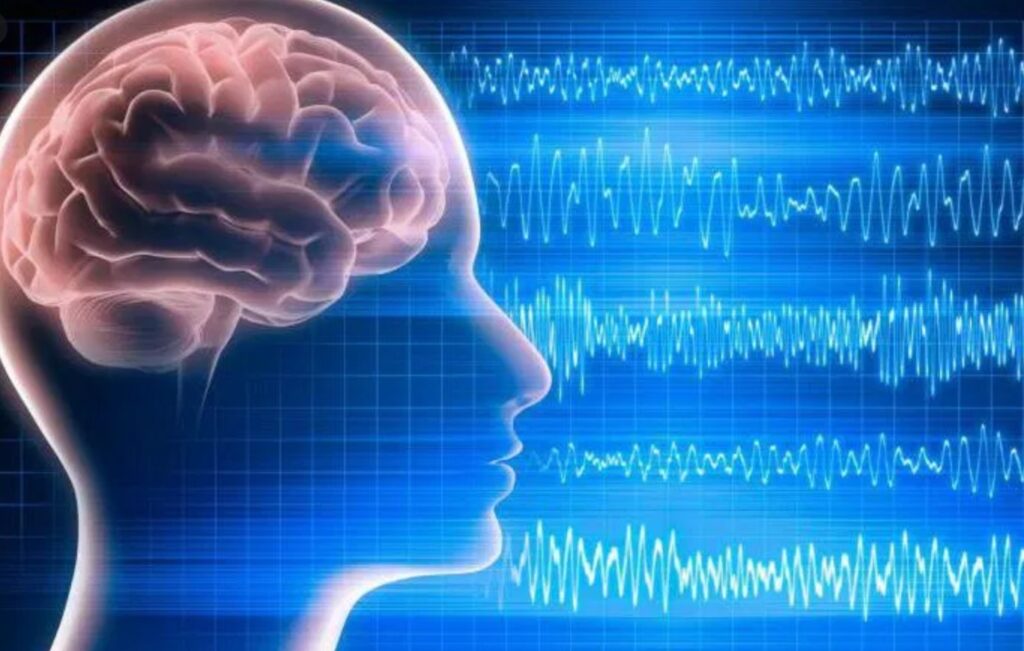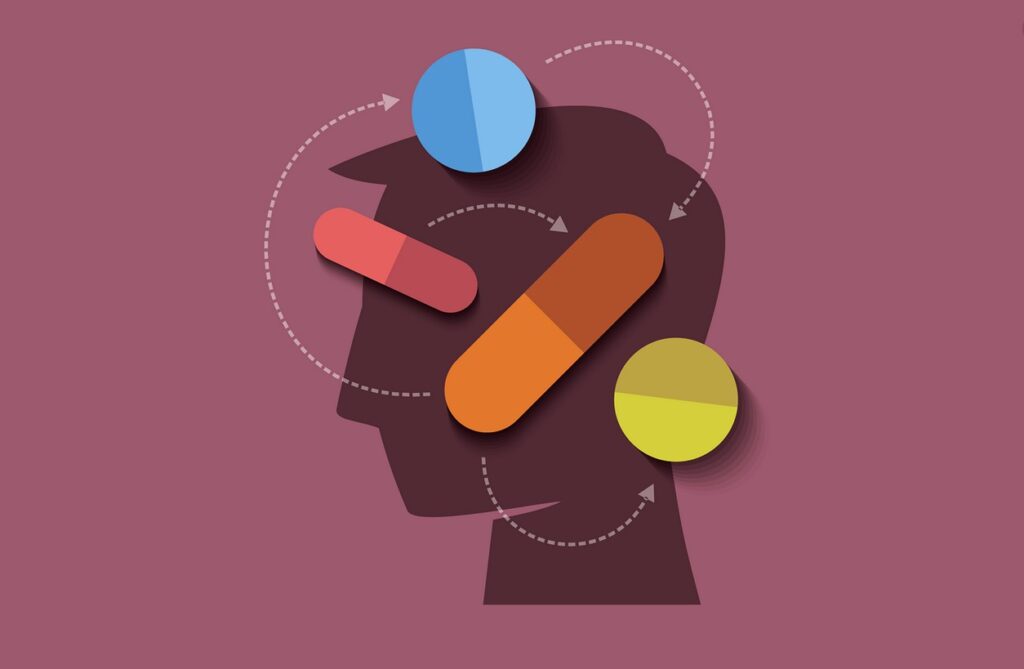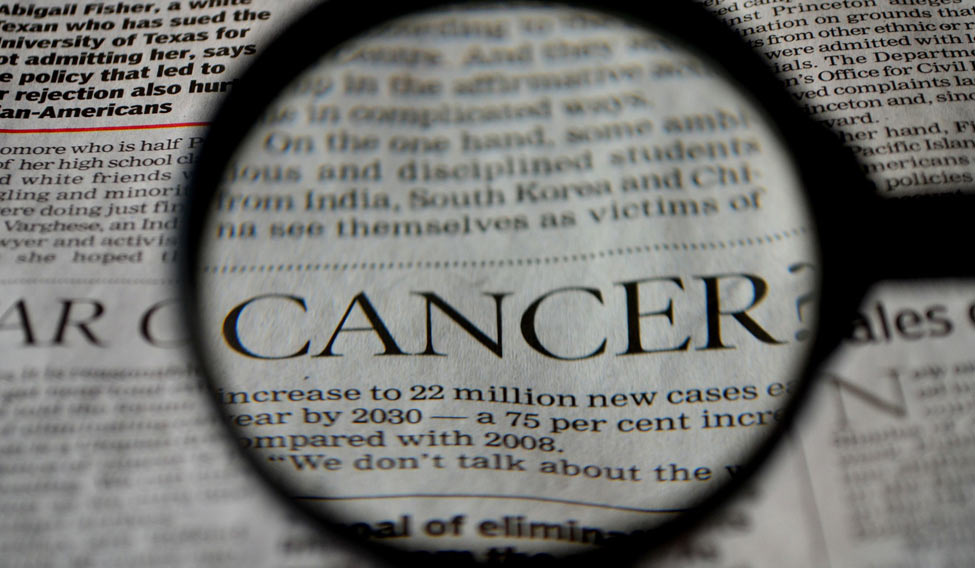A person in a state of equilibrium, or better say- inner balance, is said to be mentally stabile. Security, optimism, self-esteem, acceptance of ourselves and others, faith in what we do no matter what we do, finding satisfaction in the activities we choose, the capacity to face beautiful and less beautiful events in life… are part of our mental strength and reflection of our mental health. The mental strength of an individual is also recognized in giving up, dissatisfaction, pessimism, wrong choices for oneself and the environment, inability to cope with difficult situations and life events, low self-esteem, depression…
Therefore, today it is known in professional circles that mental health is an integral part of our general health and that it is an extremely important source of strength and security for the individual but also for relationships in the family and society.
General health, and thus mental health, is something that greatly influences our quality of life. There are two main medical disciplines that deal with mental conditions, psychology and psychiatry. Many are struggling to understand the difference, which in short can be explained by the fact the psychiatrist is a medical doctor, therefore able to prescribe medications, and a psychologist is not. Although, they both do treat psychological conditions.
But, to return to mental health. In its treatment, there many approaches used by the doctors, but most can be divided into social and biological approaches. What are the differences between the two? Continue reading to find out.
1. Dealing with the factors that influence a mental condition

The most obvious difference between the two approaches can be seen in the treatment of factors that cause a condition. It’s understandable than a number of different factors can affect our mental health. However, they can be most generally divided into two groups:
– External influences – the environment in which a person (child or adult) lives – the surroundings, living conditions, lifestyles, life dynamics and work, whether or not a person has some traumatic experiences through life such as heavy losses, abuse, then whether is exposed to risky behaviors e.g. abuse of addictive substances, and so on. These are all very much related to the influence of society, therefore are a subject of social psychiatry.
– Internal/biological influences or genetic predispositions for the occurrence of a mental illness as well as the genetic basis for the structure of the personality, for example, the vulnerability of a person to the structure of his personality. What we have learned by now is that there are children who learn more easily and those who have difficulties in education and that they have a different basic personality structure. Some children are more prone to risks due to their personality structure and some are less prone to risk, more sensitive and vulnerable by structure, and so on. All of this can be predetermined by internal factors.
2. Diagnostic procedures

Biological psychiatry, an approach to psychiatry that emphasizes the importance of biological factors in the diagnose and treatment of mental illness. From the point of view of the significance of biological factors, there are mental disorders in which organic, structural changes of the central nervous system such as disorders of consciousness (from somnolence to coma), amnestic syndrome, various other mental dysfunctions (alexia, agnosia, etc.), organic psych syndromes have been reliably identified. In other diseases, the biological background is assumed (schizophrenia, manic-depressive psychosis). Within biological psychiatry, diagnostic procedures (such as electrophysiology and clinical psychophysiology) and methods of treatment (psychopharmacotherapy, electroconvulsive treatment, behavioral treatment) are being developed.
Social psychiatry is a direction which studies the relationship of mental illness, society and cultural occurrence. It is more related to by social psychology, medical sociology and classical psychiatry… The approach of social psychiatry is based on studying and changing the process of interpersonal relationships and improving the social functioning of a person.
3. The treatment methods

The two are also very different in the methods they use for the treatment of mental disorders.
Social psychiatry is using more of a group therapy approach to treating mental states, a good example of it is the method of the therapeutic community. The therapeutic community is the most well-known socio method that uses socio and psychotherapeutic techniques in the treatment of patients with various mental disorders. The idea of a therapeutic community is based on the idea of collective responsibility, belonging to a group, and empowerment along with encouraging personal responsibility and avoiding developing a sense of dependence on other people.
It can be used in a variety of therapeutic settings: in hospital wards, daycare centers, and day hospitals, or in all settings where patients and staff are in formal and informal interaction. What is typical to the therapeutic community is that all members participate in decision-making and day-to-day activities related to its functioning. One of the basic principles of the therapeutic community is to encourage its members to question and take an interest in themselves, other members, staff, leadership structure, psychological processes, group process, and relationships within the community.
Whilst, on the other hand, methods used by biological psychiatry are related also to the physical aspect of a person. It is an interdisciplinary approach, but as the cause is seen in the brain function, medications are included. To learn more about this approach and the methods of treatments, visit BetterHelp.com.
To have a clear view of the methods of treatments used, a well-known example is electroshocks, which most have seen in the movies. Although it looks scary, the basic idea behind is to cause generalized seizures, such as epileptic seizures, by applying an appropriate, harmless, alternating current between the electrodes located on the temporal regions of the head. Due to unpleasant, although rare complications, mild electroshock was introduced, with the use of anesthesia and muscle relaxations. However, the usage of these procedures has been significantly decreased, due to the newest medication findings.
As both are part of the overall science of psychiatry, regardless of the differences, they rely on each other to contribute to mental health of society, in general.





